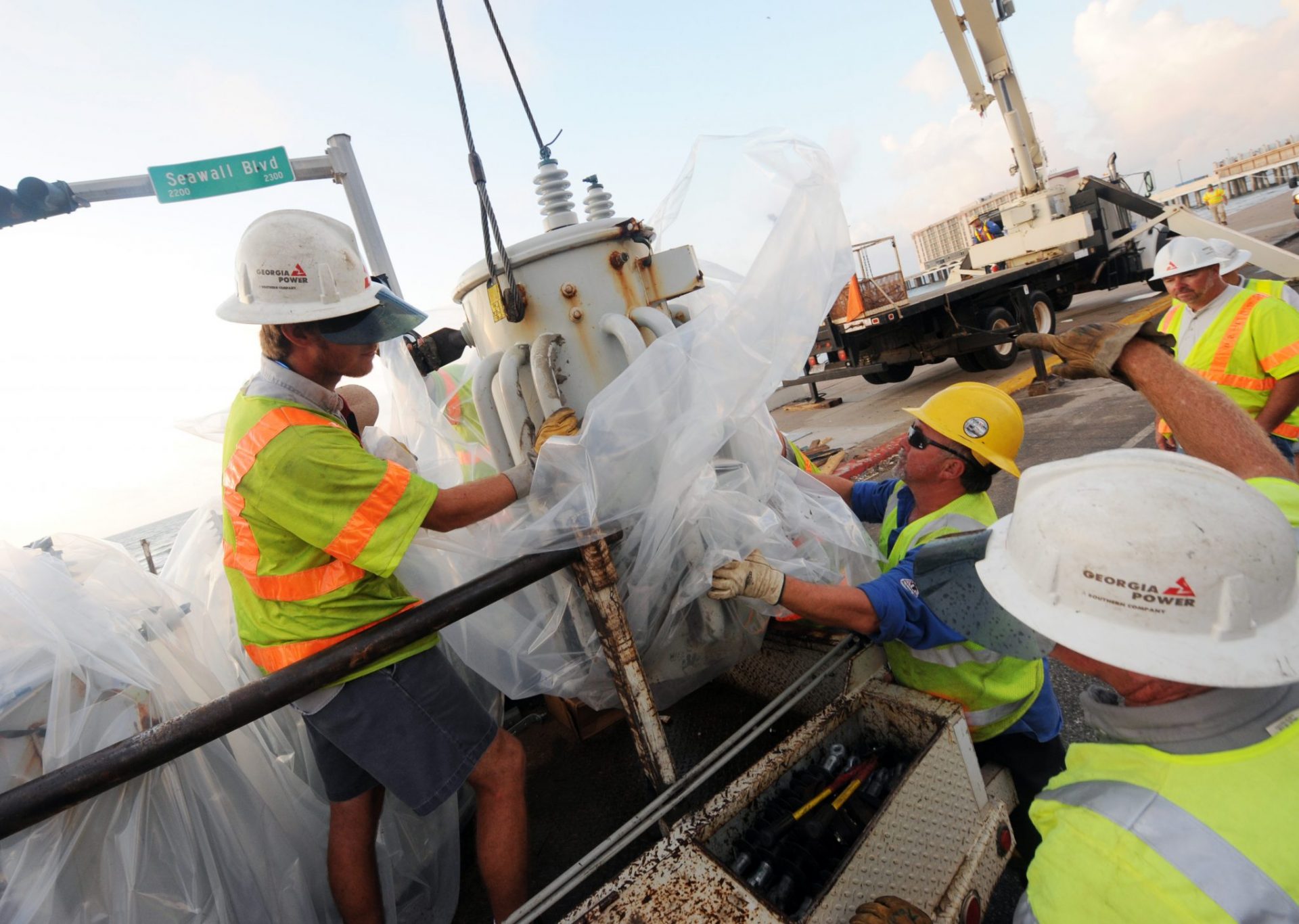NYC Construction Accident Lawyer Discusses Electrocutions & Handling of Hazardous Energy

Although falls account for the largest number of major construction site injuries and deaths, close to 10% (about 8.6% in 2015) of them occur while someone is working with electricity or other hazardous energy explains Arkady Frekhtman, a NYC construction accident lawyer. Many dangerous assignments are tied to lockout-tagout (LOTO) tasks – they are performed to try and protect workers from sudden surges of power being emitted by machines or various sources of electrical (or other) forms of energy.
One older, long-term study states that electrocutions are the fourth major cause of death among construction workers. Depending on the precise tasks involved, roughly 70 to 140 workers die each year while handling electrical and hazardous energy tasks. This is one reason why so many construction workers steer clear of handling electrical/energy tasks whenever possible. However, since utility lines run across many work sites, almost anyone can be harmed by improperly maintained utility company poles — and overhead and underground power lines.
The following material reviews the chief threats posed by general electrocution hazards and electrical accidents on construction sites. Employer and third-party liability issues tied to worker injuries are also briefly discussed.
Most Common Construction Site Electrical Threats and Injuries
All workers must be carefully trained so they can avoid suffering any shocks, burns, electrocutions, arc flashes (blasts), fires, and explosions.
- Active wires or wiring can send powerful surges through the human body – causing severe injuries or even death;
- Arc flashes (blasts). When electrical conductors break down and high-voltage gaps occur, sudden releases through the air of electrical energy can cause major injuries;
- Workers can be caught off guard when faulty electrical outlets and damaged wiring play critical roles in starting fires;
- When explosive materials are in the air on a work site, certain flows of electricity can ignite them – resulting in serious injuries and even death;
- Workers can suffer many different types of burns, largely based on the types of equipment and materials near them. A worker’s skin can be burned when he touches overheated electrical equipment. Still other burns can develop when certain electrical arcs or explosions occur;
- These are obviously deadly or lethal injuries since the workers who suffer them die of their injuries. Far too often, these occur after large blasts of electrical power are suddenly released.
General Electrical Accidents Common to Many Construction Sites
Two of the most dangerous electrical power sources threatening many building sites are buried power lines and those stretching out overhead. Supervisors must constantly review all proposed projects (in advance) to make sure these types of risks are properly addressed before workers are exposed to them.
Construction workers assigned duties near overhead utility wires should be provided with appropriate equipment – for example, wood or fiberglass ladders that cannot conduct electrical energy. Specially designed safety tools must also be given to employees so they can minimize the chances that they’ll allow energy to pass through them into workers’ bodies.
People working on constructions sites can even face some of the same, basic electrical concerns that plague other American workers. They can be harmed by electrical short circuits, exposed wiring, and breakdowns in wiring insulation. Yet since their risks are higher, construction site workers must be sure a supervisor is regularly seeking out these types of problems to decrease injuries. Although they’re less often reported, electrical injuries can also cause such other medical problems as broken bones, nerve damage, and heart trouble.
Employer and Third-Party Liability for Electrical or Hazardous Energy Injuries
Although most serious job injuries result in the filing of a workers compensation claim, injured individuals must realize that they may be entitled to obtain further compensation by filing a third-party claim against a responsible subcontractor or other business entity (like a utility company). If you win this type of personal injury lawsuit against the third party’s insurance company, you might receive additional funds to cover past and future medical expenses, lost earnings, pain and suffering – and other losses.
Whenever you’re seriously injured on the job, you should always contact your New York City construction accident lawyer to find out if you might be entitled to obtain additional compensation by filing a third-party lawsuit.



